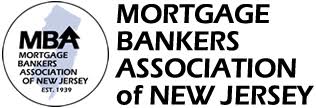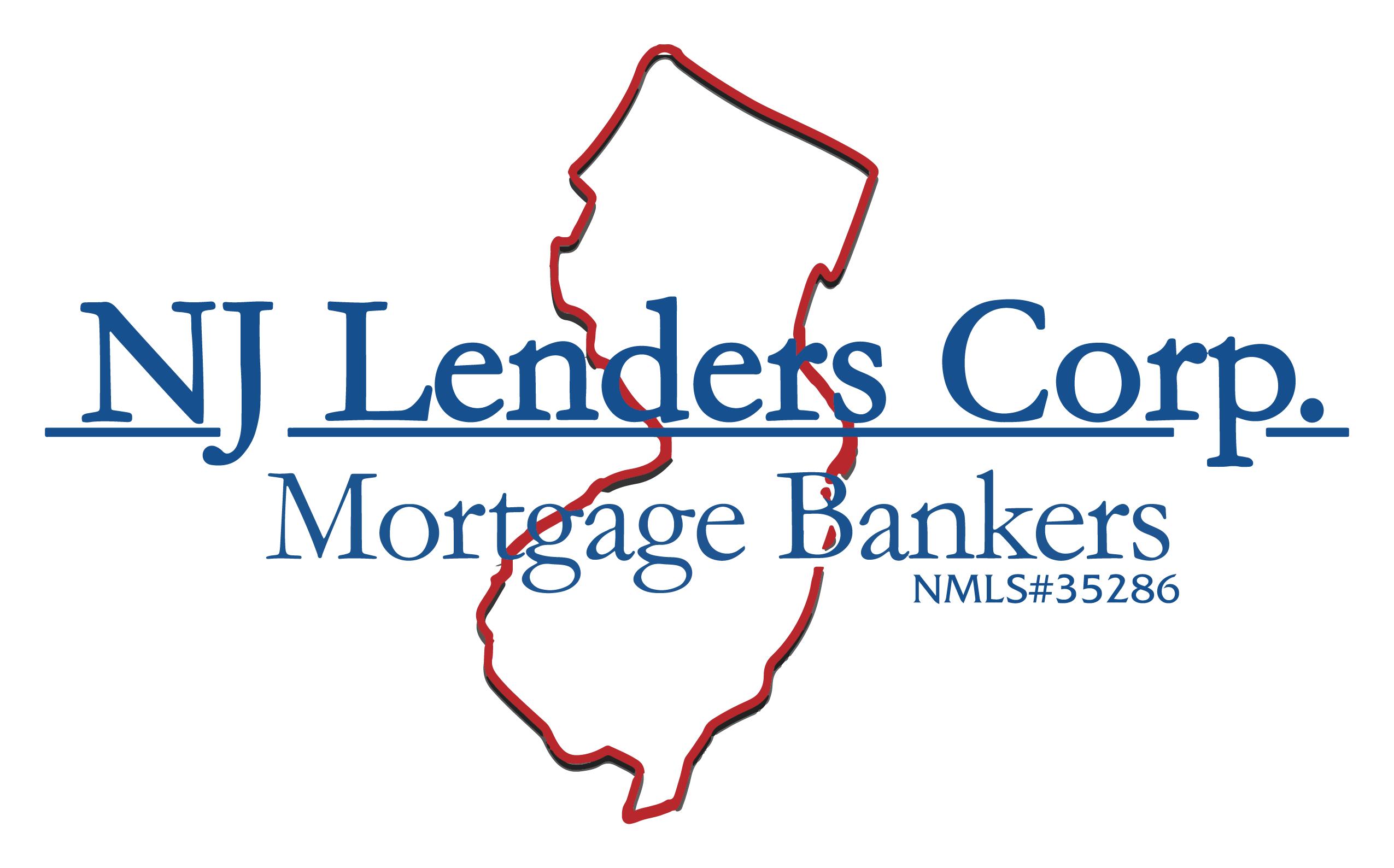$70 Billion multifamily loan purchase cap for each GSE in 2021 announced by FHFA.
News Release
FHFA Announces 2021 Multifamily Loan Purchase Caps for Fannie Mae and Freddie Mac
50 Percent of Cap Must be Mission-driven, Affordable Housing and Manufactured Housing Community Tenant Protections Added
FOR IMMEDIATE RELEASE
11/17/2020
Washington, D.C. – The Federal Housing Finance Agency (FHFA) today announced that the 2021 multifamily loan purchase caps for Fannie Mae and Freddie Mac (the Enterprises) will be $70 billion for each Enterprise. The cap structure allows the Enterprises to offer a combined total of $140 billion in support to the multifamily market. At least 50 percent of the Enterprises multifamily loans are required to be used for affordable housing. Additionally, for the first time, affordable housing manufactured housing communities (MHC) must either be resident/government/nonprofit-owned or must have tenant pad lease protections to be counted as mission-driven, affordable housing.
“Multifamily housing is a critical component of the nation’s housing supply and especially of its affordable housing stock. As we continue to address the shortage of affordable housing, especially amid the COVID crisis, FHFA will keep a close eye on the multifamily caps to ensure that they are sufficient and serve to increase the supply of affordable housing but do not crowd out private capital,” said FHFA Director Mark Calabria.
Consistent with the 2020 cap structure, the new caps apply to all multifamily business with no exclusions. However, the 2021 cap structure, like the cap structures from 2014 through 2019, only covers the four quarters of the 2021 calendar year. This is a change from caps announced last fall which covered five quarters.
To ensure a strong focus on affordable housing and traditionally underserved markets, the 2021 caps require at least 50 percent of the Enterprises' multifamily business must be mission-driven, affordable housing. Under the 2020 cap structure 37.5 percent of the multifamily business had to be mission-driven, affordable housing.
FHFA also requires at least 20 percent of the Enterprises’ multifamily business be affordable to residents at 60 percent AMI or below. This new minimum share of business affordable to 60 percent of AMI households assures that the Enterprises' multifamily businesses have a strong and growing commitment to affordable housing finance, particularly for residents and communities that are most difficult to serve.
FHFA also announced changes to simplify the multifamily definitions of mission-driven, affordable housing in Appendix A and to better align the definitions with those used by FHFA’s Duty to Serve (DTS) and Housing Goals programs. The definition of mission-driven, affordable housing is now housing that is affordable for residents at 80 percent of area median income (AMI) or below, with special provisions for rural housing and for manufactured housing communities (MHC).
To align with the Duty to Serve regulation and to ensure continued support for rural communities, a loan is classified as mission-driven, affordable housing if the property is in a DTS-designated rural area and affordable to residents at 100 percent of AMI or below. MHC loans are classified as mission-driven, affordable housing if they also receive DTS credit. MHCs must meet affordability requirements, and either is resident/government/nonprofit-owned or adopts the tenant pad lease protections included in the DTS regulation.
To ensure the Enterprises continue to provide sufficient liquidity and support in the multifamily mortgage market through the economic cycle, FHFA has been and will continue to monitor the coronavirus’ impact on the multifamily mortgage market and will update the multifamily cap and mission-driven targets if adjustments are warranted.
Links to the Multifamily Caps Fact Sheet and Revised Appendix A
###
The Federal Housing Finance Agency regulates Fannie Mae, Freddie Mac and the 11 Federal Home Loan Banks. These government-sponsored enterprises provide more than $6.6 trillion in funding for the U.S. mortgage markets and financial institutions. Additional information is available at www.FHFA.gov, on Twitter, @FHFA, YouTube, Facebook, and LinkedIn.
Contacts:Media: Raffi Williams [email protected] / Adam Russell [email protected]



.png)


